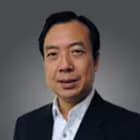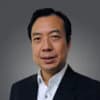Commentary: Can faith in US leadership in Southeast Asia be restored?
US Secretary of Defense Lloyd Austin’s visit last week was a recovery - but the US must work harder to overturn lingering doubts, says Tan See Seng.
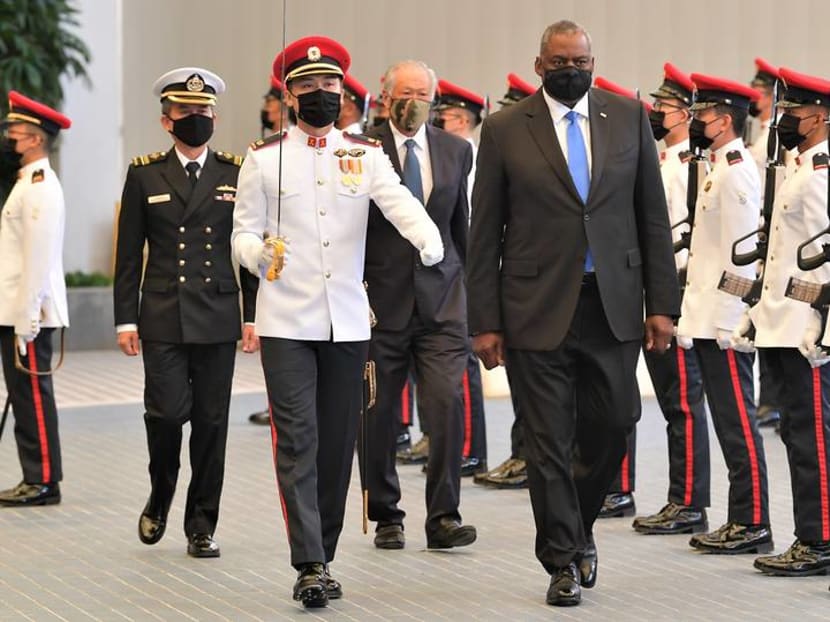
United States Secretary of Defense Lloyd J Austin III reviewing a Guard of Honour at the Minister of Defence on Jul 27, 2021 morning. (Photo: MINDEF)
SINGAPORE: US Secretary of Defense Lloyd Austin’s visit to Asia last week has overturned a narrative of neglect for Southeast Asia.
Coming on the back of US Secretary of State Antony Blinken’s belated virtual meeting with the Association of Southeast Asian Nations (ASEAN), and more generally, an absence of high-level diplomatic exchanges since Joe Biden took the White House, Lloyd struck a strong, assertive tone at the Fullerton Forum in Singapore to assuage fears and tackle key concerns last Tuesday (Jul 27).
Setting out a US vision of strengthening regional security, Lloyd emphasised that deterrence remained the cornerstone of the US security umbrella in the region, even as the US seeks to lead with “the power of partnership”.
Yet rather than frame the US approach from a US-China lens, he outlined a positive agenda for US allies and partners.
Austin highlighted Washington’s key role in beating back a “merciless pandemic” and restoring the region’s economic dynamism, its focus on building cyber-defence, space and maritime security regional capabilities, and its engagement of ASEAN and strengthening of enduring ties.
In Singapore, his discussions with Defence Minister Ng Eng Hen reaffirmed the US-Singapore defence relationship – critical in facilitating US naval presence in the region – and a potential expansion of further US access with a continuation of “discussions on US force posture initiatives”.
Austin also demonstrated this same desire to bolster security ties with Vietnam and the Philippines – two countries with some of the fiercest stance on Chinese encroachment in the South China Sea.
Austin’s visit demonstrated tangible benefits to Vietnam. His visit saw the establishment of a database by Harvard and Texas Tech University aiding the Vietnamese search for those missing from the Vietnam War and followed the delivery of 3 million Moderna vaccine doses to Vietnam, as infection numbers surge in the country.
Most importantly, Austin achieved agreement for the US-Philippines Visiting Forces Agreement, which provides US military access to Philippine bases for exercises and operations, to remain in place.
This was no mean feat considering President Rodrigo Duterte’s repeated threats to end those arrangements over the years, which would be a blow not only to the US-Philippines security relationship but a signal of the Philippines’ closer alignment to China.
BLINKEN’S FUMBLES
The first Cabinet-level visit to the region, Austin’s confident tone was warmly welcomed, and seen as a strong recovery from the fumbles of Blinken’s engagement with ASEAN mere weeks ago.
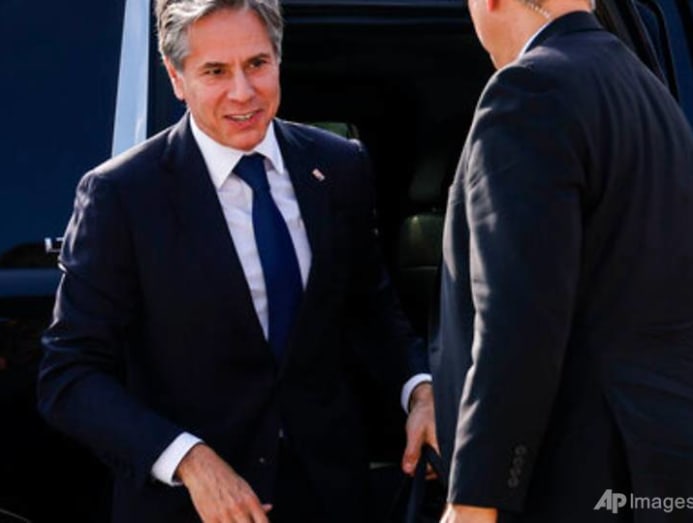
Indeed, Blinken’s meeting was a missed opportunity to outline a comprehensive US plan to engage the region, lacking any semblance of grand strategy or strategic thought.
He chose instead to fixate solely on developments in Myanmar and define issues narrowly within the frame of human rights.
Though he attempted to highlight how the US would support the ASEAN approach articulated in the Five-Points Consensus, his messaging was muddled where he seemed to digress to pay lip service to working with ASEAN countries to combat COVID-19 and mentioned rejection of Chinese claims in the South China Sea.
Blinken should have struck a more resounding tone.
His meeting stood in stark contrast to Foreign Minister Wang Yi’s Chongqing hosting of ASEAN countries in June, where Wang highlighted China’s longstanding and robust engagements with the region for over 30 years in trade ties, people-to-people exchanges and shared values.
Perhaps Blinken had laid the building blocks of the US’ overall approach to Southeast Asia for Austin’s visit – one that focuses on security partnerships in addressing regional developments and collective leadership on common challenges like COVID-19.
But a higher bar was set with Blinken’s faux pas in leaving his number two to chair the meeting in May after botching up the video connection.
It also didn’t take much for Chinese critics to capitalise on Blinken’s mixed messaging to seed uncertainty over Washington’s commitment levels.
Ahead of Austin’s visit, an op-ed by Hu Bo, a South China Sea expert, in Chinese news outlet Global Times argued that “the Biden administration does not have an explicit policy agenda or clear course for the region”.
“It is difficult for Washington to leverage Southeast Asian countries in terms of economics, diplomacy and the fight against COVID-19. The only thing Washington can offer is security and defense cooperation.”
Rather than anything else of value that America still has to offer the region, the op-ed contended that Austin’s visits will be “diplomatic and ceremonial, and will not yield substantial outcomes”.
A FAIR RECOVERY
Fairly or otherwise, the optics of US diplomacy did appear to support claims that Southeast Asia was of low priority to Biden’s administration up until that point.
Southeast Asia seemed to take a backseat to its big plans for taking on China through the Quad and an “alliance of democracies”.
Fortunately, Austin’s physical visit to the region has managed to place US foreign policy here on a firmer footing, involving the three Southeast Asian countries that have been the strongest proponents of continued US presence in this region.
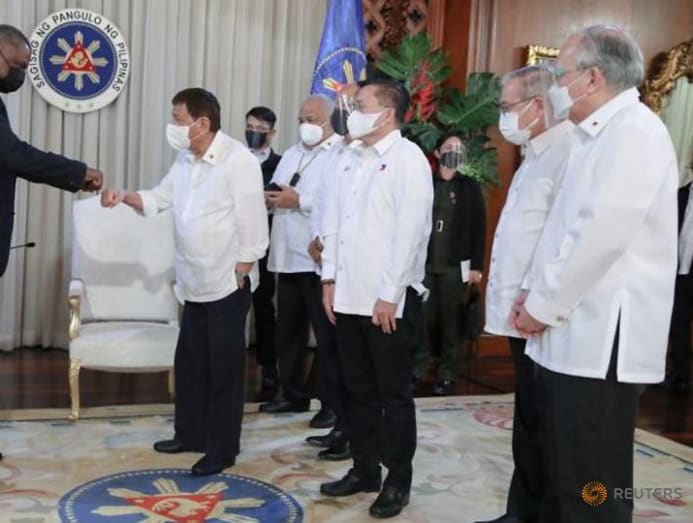
Just looking at Austin’s Singapore stopover shows new meaty developments, including high-end bilateral defence training opportunities, the signing of an MOU establishing a Republic of Singapore Air Force fighter training detachment in Guam and a new Artificial Intelligence Partnership for Defense.
Dr Ng’s meeting with Austin too brought news concerning the hosting of Singapore’s future F-35B fighter aircraft detachment at Ebbing Air National Guard Base in Arkansas, which will also serve as the new home for Singapore’s F-16 fighter training detachment following its relocation from Luke Air Force Base in Arizona.
A FORGIVING LOT
Despite lingering scepticism, however, Southeast Asia is not going to turn tail on the US to unequivocally embrace China. Despite the ebbs, flows and stumbles of many past US administrations, Southeast Asian nations have, for the most part, been a forgiving lot.
They know the US remains the only game in town. According to a 2021 survey conducted by the Singapore-based ISEAS–Yusof Ishak Institute, the majority in the region continues to welcome America’s strategic influence and anticipates a strong rebound in engagement of the region by the Biden administration.
This is despite the 2020 edition showing 77 per cent of respondents perceiving that US engagement with Southeast Asia under Trump had declined.
Indeed, when asked if they are forced to choose sides in the US-China rivalry, an even larger majority (61.5 per cent) picked the US compared to a year before (of 53.6 per cent).
The ball is now in US Vice-President Kamala Harris’ court. Due to visit Singapore and Vietnam this month, she is expected to discuss bilateral cooperation in digital trade, defence, cybersecurity, climate change and the global response to COVID-19 when here.
The first trip for the sitting vice-president since she was sworn in, observers will be watching for signs of stronger US leadership on issues close to the hearts of Southeast Asian nations. Let’s hope there are plenty.
Tan See Seng is Research Advisor at the S Rajaratnam School of International Studies and Senior Associate at the Centre for Liberal Arts and Social Sciences, both at the Nanyang Technological University.


